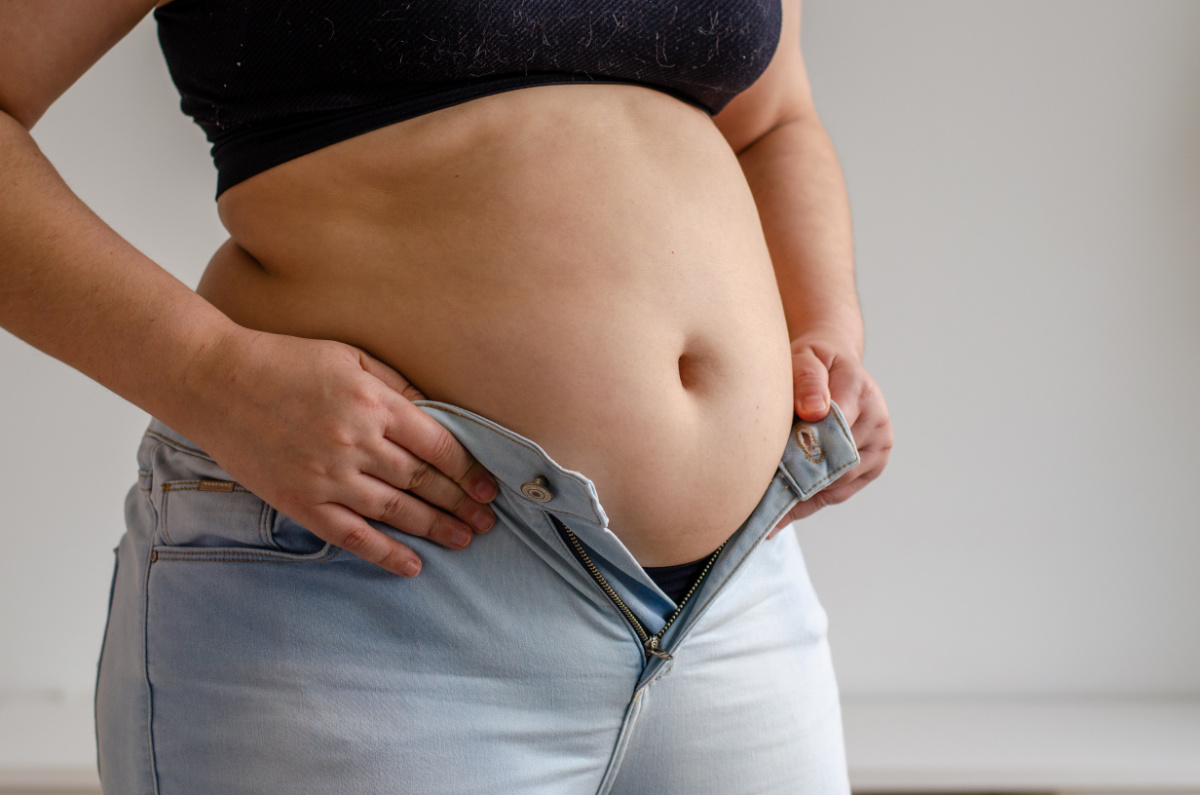What’s the best protein powder for losing weight?
Your body burns more calories digesting protein than it does processing carbs or fats. Scientists call this the thermic effect. Protein burns 20 to 30 percent of its calories just through digestion. Carbs only burn 5 to 10 percent.










